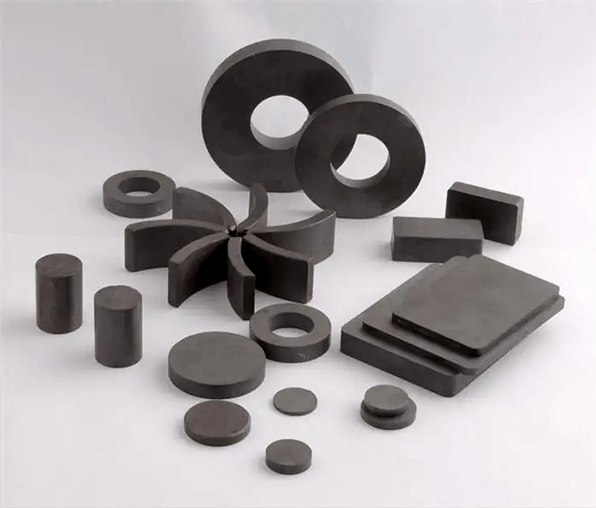
Figure 1: Solenoid coil with magnetic ferrite core.
The Solenoid coil is a device that uses the principle of electromagnetic induction to work. When a current flows through a wire, a certain electromagnetic field is generated around the wire. It is regularly wound. Here are some suggestions for winding a solenoid coil:
1. Wind According to the Requirements of the Circuit
Consider the size of the inductance and the diameter of the coil bobbin when winding. Interwound coils are suitable for use in high frequency and ultra-high frequency circuits. When the number of turns is less than 5, the bobbin may not be used. It can still work with better characteristics, a higher Q factor up to 150-400, and high stability. The single-turn densely wound coil is suitable for short-wave and medium-wave circuits, and its Q factor can reach 150-250, and has high stability.
2. Choose the Proper Wire
Choose the wire with an appropriate diameter. If the diameter of the wire is too small, its resistance would be too large, decreasing the Q factor. What’s more, an overly thin wire has very small current carrying capacity and mechanical strength, and it is easy to burn out or break the wire.

Figure 2: Different wires for solenoid coils.
3. Choose the Coil with a Clearly Marked Tap
The mark is for the sake of installation and maintenance.
4. Choose the Right Material for the Magnetic Core
Coils with different operating frequencies have different characteristics. Thus, the material of the magnetic core should be chosen accordingly.
1) As for coils operating in the audio frequency, magnetic cores made of silicon steel sheets or permalloy are usually used.
2) Ferrite is used for low operating frequency of the coil. Its inductance is large, up to several H to tens of H.

Figure 3: Ferrite material.
3) Between tens of millions of hertz and several megahertz, such as the coil of the medium wave broadcast section, a ferrite core is generally used, and it is wound with a multi-strand insulated wire.
4) At frequencies higher than a few megahertz, the coil uses a high-frequency ferrite or air-core coil as the magnetic core. In this case, it is not suitable to use multi-strand insulated wire, but to use single-strand thick silver-plated wire.
5) With operating frequencies above 100 megahertz, generally, ferrite cores cannot be used, and only hollow coils can be used; for fine-tuning, steel cores can be used. Regarding choke coils, in addition to meeting the requirements of the inductance and rated current, it is also necessary to avoid excessively large distributed capacitance.
Related Info
Classifications of Programmable Logic ControllerAdvantages and Disadvantages of the PLC
What are the 5 PLC Programming Languages
How does Solenoid Coil Work?
Parameters of the Solenoid Coil


